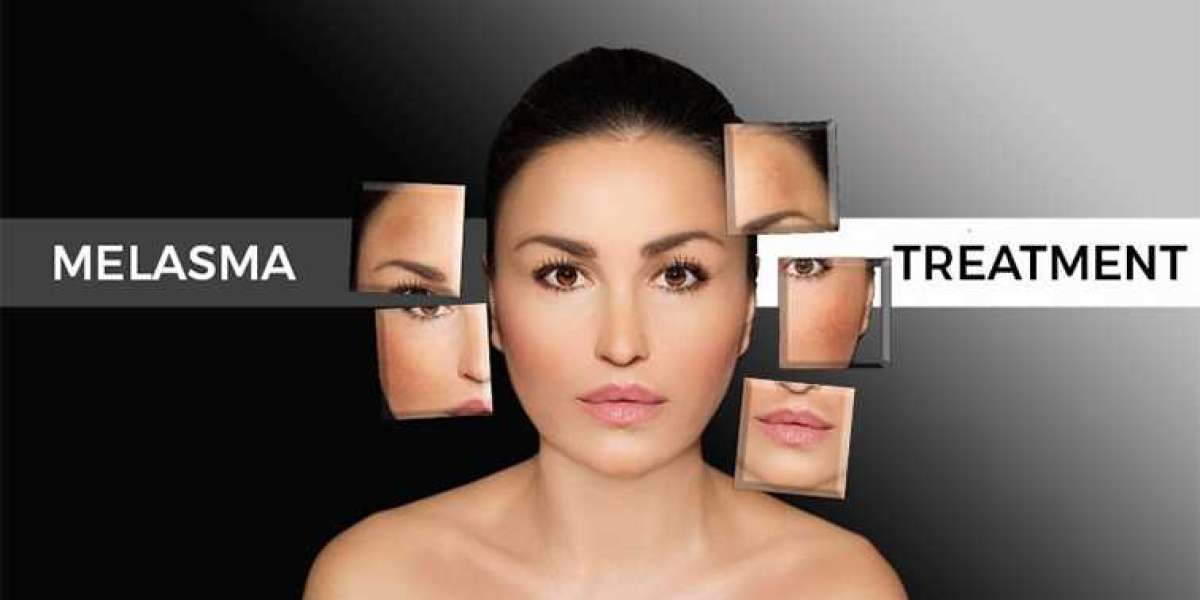Melasma is a very common skin condition that causes hyperpigmented patches on the face, most commonly on the cheeks, forehead, and upper lip. Both men and women are affected by this condition, but women, particularly those with darker skin, are more likely to be affected. Melasma can be stagnant and difficult to treat, but it is possible to reduce its appearance with the right approach.
This blog contains the crucial insights related to causes of melasma, its symptoms, and the various treatment options for this condition. The insights are shared by Dr. Punkesh Kumar, a leading dermatologist known for providing the best melasma treatment in Patna. Continue reading to learn more.
Causes of Melasma:
The exact cause of melasma is unknown; several factors may trigger or worsen it. The following are the most common causes of melasma:
- Melasma is more common in women, especially during pregnancy or while using hormonal contraception.
- Sun exposure: UV rays from the sun can stimulate melanin production in the skin, worsening melasma.
- Melasma development is genetically predisposed in some people.
- Skin irritation: Using harsh skincare products or undergoing cosmetic procedures can irritate the skin and trigger melasma.
Symptoms of Melasma:
The main symptom of melasma is the appearance of brown or grayish-brown patches, especially on the cheeks, forehead, and upper lip. These patches can be symmetrical or asymmetrical and can vary in size and shape. Melasma does not cause any pain or discomfort, but it can affect a person's self-esteem and confidence.
Treatment Options for Melasma:
There are a variety of treatment options available to reduce melasma. However, it is essential to work with a dermatologist to determine the best treatment approach based on the skin type and the severity of the condition. Some of the best treatment options available are:
- Topical Medications: The dermatologist may recommend using topical medications, such as hydroquinone, tretinoin, or azelaic acid. These medications work by inhibiting the production of melanin in the skin.
- Chemical Peels: Chemical peels involve applying active ingredients on the skin to exfoliate the top layer and improve the appearance of melasma.
- Laser Therapy: Laser therapy uses high-energy light to target the pigment in the skin and reduce the appearance of melasma.
- Combination Therapy: In some cases, a combination of topical medications, chemical peels, and laser therapy may be necessary to manage melasma effectively.
Tips to Prevent Melasma:
Preventing melasma involves protecting THE skin from the sun and avoiding hormonal triggers. Some of the best ways to prevent melasma include:
- Applying sunscreen with an SPF of 30 or 50 every day, even on cloudy days.
- Wearing a wide-brimmed hat and protective clothing when outdoors.
- Avoiding hormonal contraceptives or discussing alternative options with the doctor.
- Using gentle skincare products that do not irritate the skin.
Conclusion:
Melasma can be a frustrating and challenging condition to manage, but with the right treatment approach and preventative measures, it is possible to reduce its appearance and prevent future flare-ups. For effective Melasma Treatment in Patna, visit Dr. Punkesh's Advance Skin Hair and Laser Clinic to consult the top dermatologist Dr. Punkesh Kumar. Pay a visit now.







